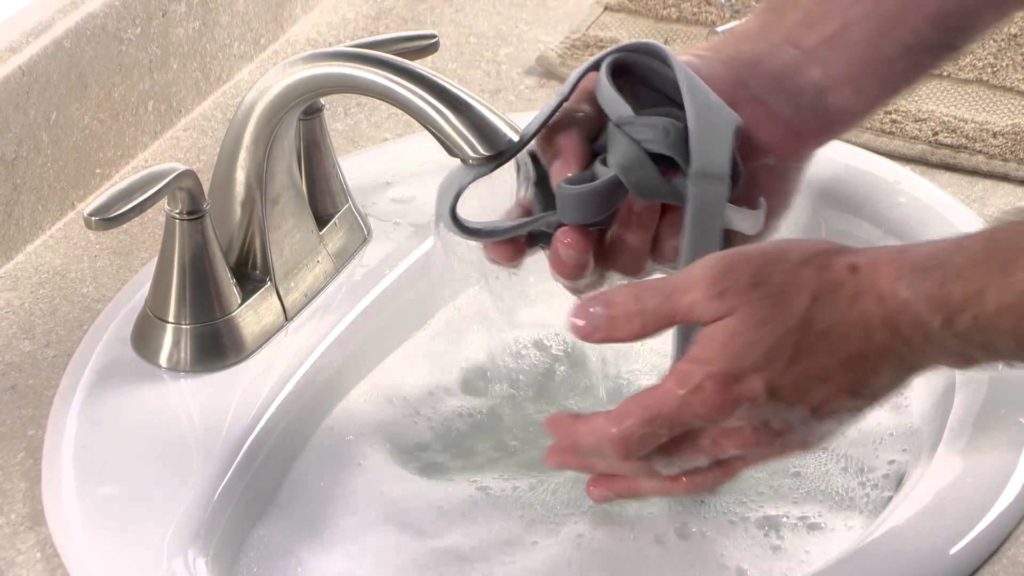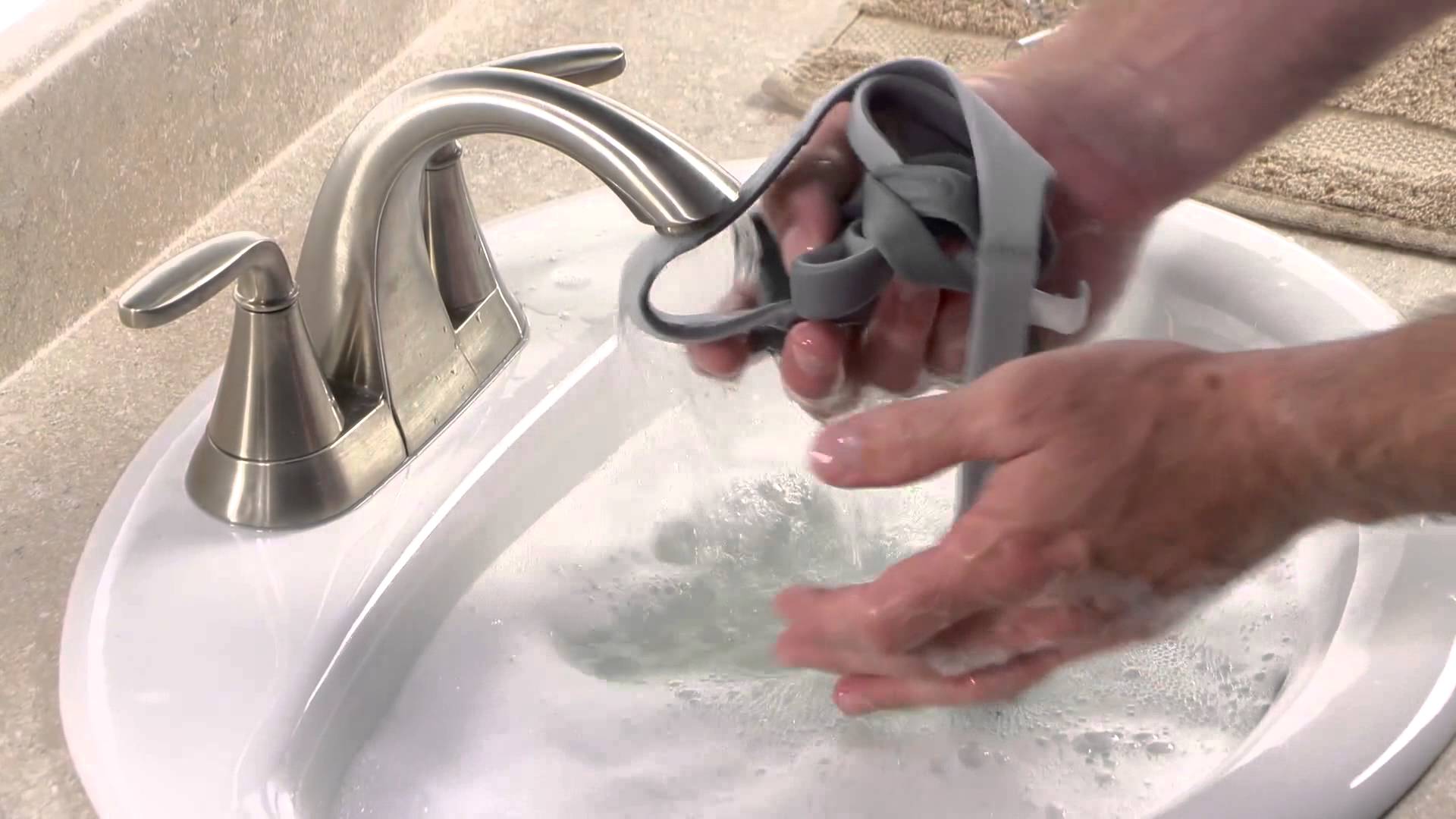
A Continuous Positive Airway Pressure (CPAP) machine can be an effective treatment for your sleep apnea. It can eliminate snoring and improve the quality of your sleep. If you have recently started CPAP therapy you may be unsure of how often you should clean the equipment and what the best cleaning practices are.
Keeping your equipment clean will ensure that the air you breathe is clean, reducing your chances of getting colds or infections. Also, a good cleaning regime will keep your equipment working well and will last longer too. In this article, we will address a few concerns you may have and explain the best cleaning practices.
How often should I clean the equipment?
Each part should be cleaned either daily or weekly. Here is a quick breakdown of the parts of the machine and how often each part should be cleaned:
- CPAP mask – Should be cleaned daily
- Humidifier and chamber – The humidifier should be emptied, washed and dried daily, and the chamber should be cleaned weekly
- CPAP reusable filters – Should be cleaned weekly
- CPAP hose – Should be hung to dry daily, and cleaned weekly
These are general guidelines. Of course, If you have been sick recently, clean your equipment more often.
What cleaning supplies do I need?
As many potential problems and dangers can occur from improper cleaning, we do not recommend using only soap and water when cleaning the equipment. This is because soap and water alone do not tend to disinfect well, and can leave germs behind, increasing your risk of illness. For a great clean, there are many products made specifically for CPAP equipment that you can use. These products use special mechanisms to eliminate more germs and bacteria than regular cleaning methods.
Cleaning the Parts
It’s best to clean each part separately so you will need to disassemble the equipment beforehand. Below are guidelines for cleaning each part of the machine.
The Mask
CPAP masks are mostly made of silicone which requires special care to keep it functioning over time. It should be cleaned with warm soapy water, cpap disinfectant or a CPAP wipe every day. Once washed, rinse it out and allow it to air dry. Once a week, soak the mask in a vinegar solution for 15-20 minutes. Wash the tubing once a week with warm soapy water as well.
The Humidifier & Chamber
This part should be cleaned daily to prevent calcification and the growth of bacteria. To clean the humidifier firstly detach the chamber from it. It can be washed with warm, soapy water, rinsed out then air-dried.
Replace the water in the humidifier every day with distilled water. Do not use tap water as this will increase your risk of illness and cause hard minerals to build up in the machine. Once a week, soak the chamber in a vinegar solution for 15-20 minutes before rinsing and drying.
The Filters
You can clean the filters with soap and water or detergent. The filters are reusable up to a point. Eventually, they will begin to deteriorate, so to keep your sleep apnea treatment working, they should be replaced regularly. How often they need to be replaced will vary depending on the environment you are using the machine in. As a general rule, disposable filters should be replaced at least monthly and perhaps as frequently as every 2 weeks.
The Hose
Cleaning the hose is quite different from cleaning other CPAP accessories. This is mostly due to the length. A tube brush can be a helpful cleaning product to have. This brush is long enough to reach the inside of the CPAP hose, scrubbing it and removing any deposits that may be trapped inside. Alternatively, CPAP Disinfectant is a great product to use for soaking the hose in.
After cleaning and drying the parts separately, reassemble the equipment. Attach the headgear to your mask, hook the mask back onto the tubing, and connect the tubing back to the humidifier or directly to the CPAP machine. When you turn the machine back on, listen for any air leaks that weren’t there previously.
With regular maintenance, your CPAP machine will continue to help you breathe and sleep better. Adopting a regime of just a few minutes cleaning each day can help to keep your equipment running efficiently and serving you for years to come. After all, it’s your health that shall be put above anything else, and the proper upkeep of such life-saving equipment, thus, becomes all the more necessary.
